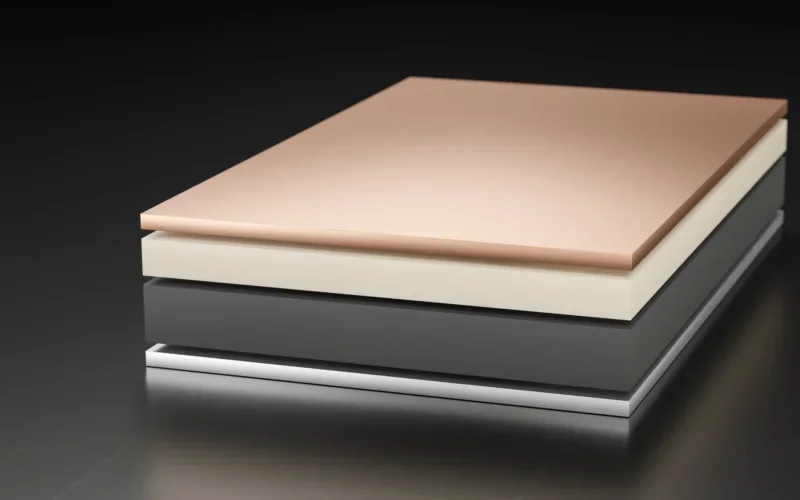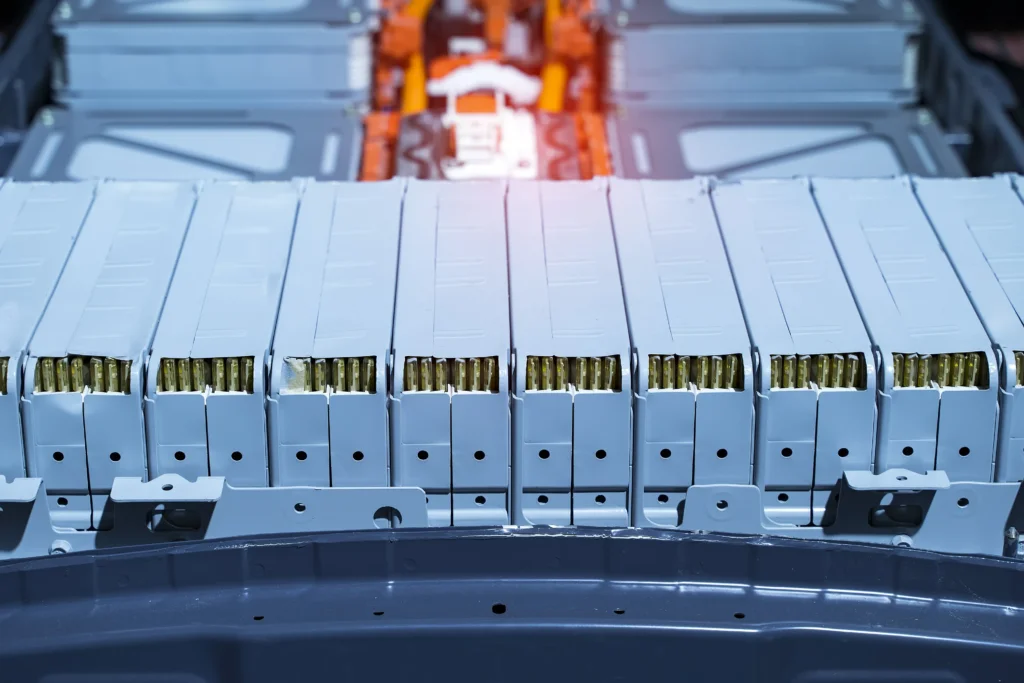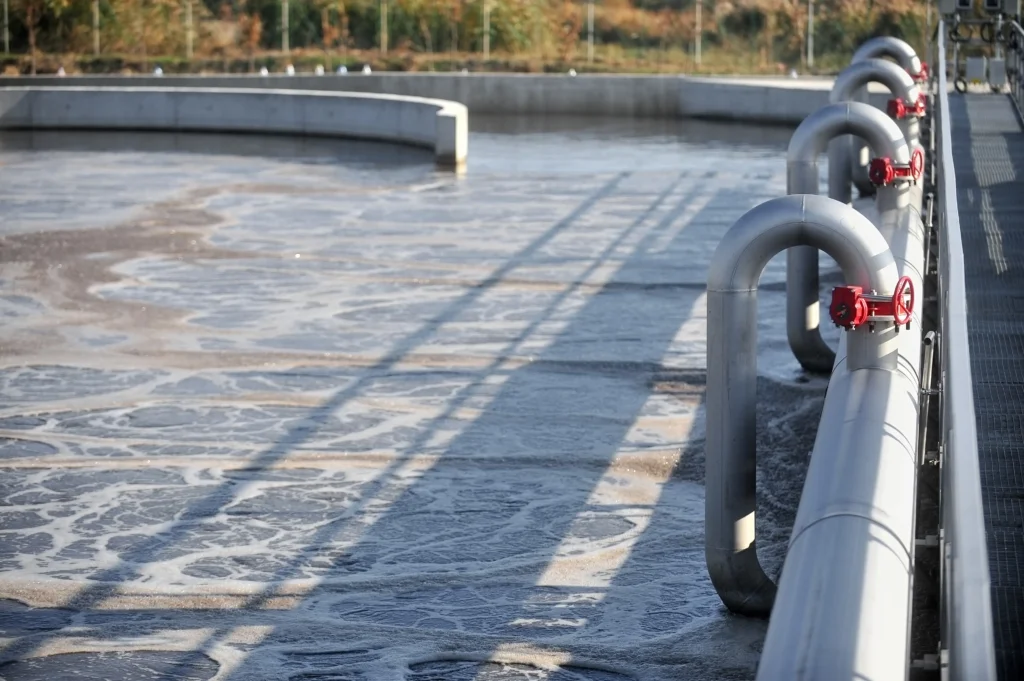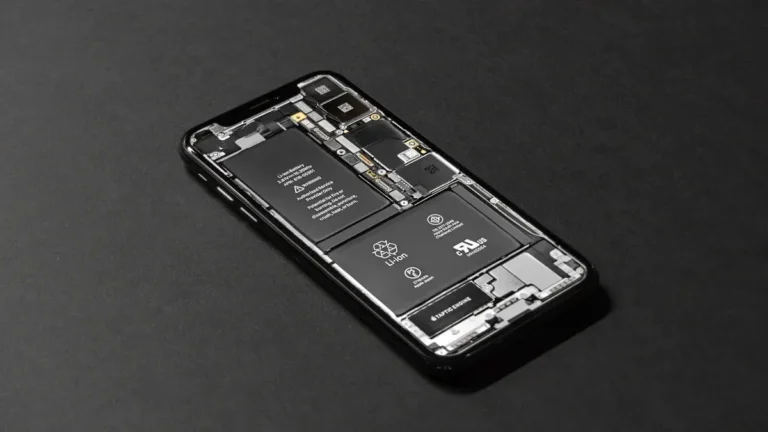Lithium-Batterie-Aktivkohle
.webp)
Buy Lithium Battery Activated Carbon
Herausforderungen für die Industrie
Material Performance & Design
- Precise pore structure control for optimal ion transport
- Maintaining stability under extreme temperatures
- Balancing surface area with conductivity requirements
Sustainability & Compliance
- Developing renewable raw material alternatives
- Meeting evolving environmental regulations
- Ensuring cleaner production processes
- Addressing end-of-life recyclability
Manufacturing & Integration
- Achieving uniform electrode dispersion
- Maintaining energy density during integration
- Compatibility with existing production processes
- Scaling new material formulations
Industry Coordination
- Lack of standardized specifications
- Supply chain fragmentation
- Import dependencies for high-grade material
- Limited R&D collaboration across sector
verwandte Arten von Aktivkohle
-r8fslg51nt6wgjtvh6yldxb1gtkgm3lpe0oq1akgog.webp)
- Jodwert: 600-1200
- Maschenweite: 1×4/4×8/8×16/8×30/12×40/20×40/20×50/30×60/40×70 (weitere Größen auf Anfrage)
- Scheinbare Dichte: 400-700
-r8fsli0q1h9h3rr567ruiwtynlb71ht629zozuhoc0.webp)
- Jodwert: 500-1300
- Maschenweite:0,9-1mm/1,5-2mm/3-4mm/6mm/8mm(Weitere Größen auf Anfrage)
- Scheinbare Dichte: 450-600
-r8fslbfupn0gui0p8mxgjghqhw7mjm31pdfamwrfjk.webp)
- Jodwert: 500-1300
- Maschenweite: 150/200/300/350 (weitere Maschenweiten auf Anfrage)
- Scheinbare Dichte: 450 - 550
-r8fsle9da54btbwls65c8xs4a1tq6pe8prdr2qn90w.webp)
- Jodwert: 400-800
- Maschenweite: 100×100×100mm/100×100×50mm (kundenspezifische Zelldichte auf Anfrage)
- Scheinbare Dichte: 350-450
- Bohrungsdurchmesser:1,5-8mm

- Jodwert: 700-1200 mg/g
- Oberfläche: 700-1200 m²/g
- Scheinbare Dichte: 320-550 kg/m³

- Jodwert: 700-1200 mg/g
- Oberfläche: 700-1200 m²/g
- Scheinbare Dichte: 320-550 kg/m³

- Jodwert: 700-1200 mg/g
- Oberfläche: 700-1200 m²/g
- Scheinbare Dichte: 300-650 kg/m³

- Jodwert: 700-1200 mg/g
- Oberfläche: 700-1200 m²/g
- Scheinbare Dichte: 320-550 kg/m³

- Aktivierungsverfahren: Dampf-/Gasaktivierung bei hohen Temperaturen
- Porenstruktur: Mikroporös-dominiert, gleichmäßige Porenverteilung
- Umweltfreundliches Profil: Chemikalienfrei, niedriger Aschegehalt
- Primäre Anwendungen: Gasphasenadsorption, Trinkwasseraufbereitung

- Aktivierungsverfahren: Chemische Aktivierung (z. B. H₃PO₄/ZnCl₂) bei moderaten Temperaturen
- Porenstruktur: Mesoporös-reich, größere Oberfläche
- Prozess-Effizienz: Kürzere Aktivierungszeit, 30-50% höhere Ausbeute
- Nachbehandlung: Saures Waschen erforderlich, um Rückstände zu entfernen

- Funktionalisierung: Beladen mit Wirkstoffen (z. B. I₂/Ag/KOH)
- Gezielte Adsorption: Verbesserte Abscheidung bestimmter Schadstoffe (z. B. Hg⁰/H₂S/saure Gase)
- Individuelle Anpassung: Chemisch optimiert für Zielkontaminanten
- Hauptanwendungen: Industrielle Gasbehandlung, CBRN-Schutz
Warum unsere Aktivkohle verwenden?

Tailored Pore Architecture:
(1) Precision-engineered micro/mesopore distribution for optimal ion diffusion kinetics.
(2) Hierarchical structure designed specifically for lithium-ion transport requirements.
(3) Consistent pore geometry ensuring predictable electrochemical performance.

Verbesserte Haltbarkeit und Regenerierbarkeit:
(1) conductivity across extreme temperature ranges.
(2) Robust structural integrity preventing degradation during rapid charge/discharge cycles.
(3) Chemically inert composition minimizing parasitic reactions with electrolytes.

Sustainable Material Provenance:
(1) Certified renewable feedstocks with full traceability from source to production.
(2) Waste-to-value manufacturing aligned with circular economy principles.
(3) Low environmental footprint processes meeting global compliance standards.

Technical Integration Support:
(1) Pre-optimized surface functionality for seamless electrode integration.
(2) Customizable particle morphology matching specific manufacturing requirements.
(3) Dedicated application engineering for battery system compatibility validation.

Supply Chain Assurance:
(1) Vertically integrated production ensuring consistent quality control.
(2) Scalable manufacturing capacity with guaranteed material traceability.
(3) Global logistics network enabling reliable just-in-time delivery.
Verfahren und Technologie
1.As Anode Material in Lithium-Ion Batteries
Überblick über die Lösung
Microporous activated carbon (e.g., coconut shell-derived) serves as a sulfur host in cathodes. Its high surface area and tunable pore structure immobilize sulfur and trap polysulfides, mitigating the "shuttle effect".

Die wichtigsten Vorteile
- Enhanced Capacity Retention: Biomass-derived activated carbon maintains stable reversible capacity over extended cycles due to robust structural integrity.
- High Rate Capability: The hierarchical pore network (micro/mesopores) enables rapid ion diffusion, supporting fast charging without significant capacity loss.
- Sustainable Sourcing: Utilizes agricultural or industrial waste (e.g., tea residues, argan shells), reducing environmental footprint.
2. In Lithium-Ion Capacitors
Überblick über die Lösung
Activated carbon functions as the cathode material paired with battery-type anodes (e.g., Li₄Ti₅O₁₂), combining high power density (capacitor-like) with high energy density (battery-like) through electric double-layer capacitance.

Die wichtigsten Vorteile
- High Power Delivery: Rapid ion adsorption/desorption at the carbon-electrolyte interface enables ultrafast charge/discharge.
- Long Cycle Life: Electrostatic storage mechanism minimizes degradation, ensuring longevity exceeding typical batteries.
- Electrolyte Compatibility: Dielectric optimization of electrolytes enhances voltage stability and reduces decomposition.
3. For Tail Gas Treatment in Battery Manufacturing
Überblick über die Lösung
Activated carbon systems (e.g., movable mesh belts) adsorb volatile organic compounds and pollutants from lithium-ion battery production exhaust, improving environmental compliance.

Die wichtigsten Vorteile
- Efficient Adsorption Kinetics: High surface area captures diverse pollutants with minimal downtime for carbon replacement.
- Process Integration: Modular design integrates with existing production lines, reducing operational disruptions.
- Resource Optimization: Extended carbon utilization lowers waste generation.
4. In Wastewater Treatment for Battery Industry
Überblick über die Lösung
Activated carbon from invasive plants (e.g., horsetail grass) treats heavy metals, organics, and phosphates in lithium battery wastewater via tailored pore chemistry and metal-doped activation.

Die wichtigsten Vorteile
- Multipollutant Removal: Functional groups and metal doping (e.g., Fe, Al) enhance adsorption selectivity for complex contaminants.
- Renewable Feedstock: Uses fast-growing biomass, aligning with circular economy principles.
- Scalable Production: Simplified activation processes enable cost-effective industrial deployment.

